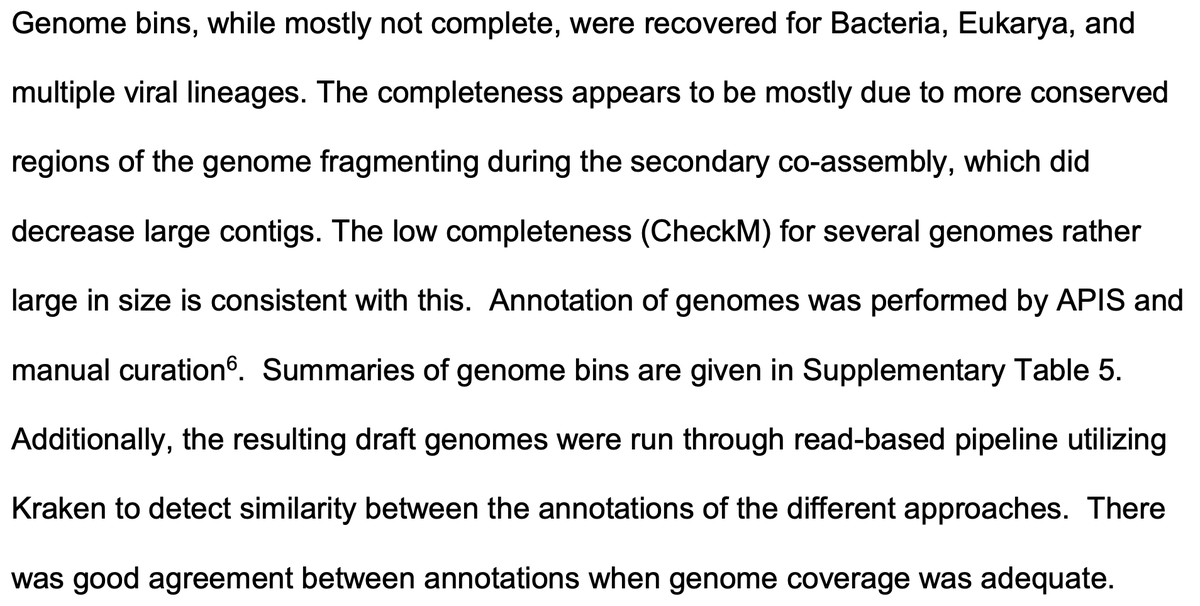(1/n) @mckelmer, Environment Report: Science Is Rising to the Occasion (Surfers, Less So)
https://www.voiceofsandiego.org/topics/science-environment/environment-report-science-is-rising-to-the-occasion-surfers-less-so/
This">https://www.voiceofsandiego.org/topics/sc... story motivated me to spend the morning learning some biochemistry, so here& #39;s a thread on #science, #surfing, #beaches, and #COVID19:
https://www.voiceofsandiego.org/topics/science-environment/environment-report-science-is-rising-to-the-occasion-surfers-less-so/
This">https://www.voiceofsandiego.org/topics/sc... story motivated me to spend the morning learning some biochemistry, so here& #39;s a thread on #science, #surfing, #beaches, and #COVID19:
(2/n) This @voiceofsandiego story includes news that @kprather88 was just awarded an @NSF grant to "investigate the presence of the SARS-CoV-2 virus, the causative agent of the #COVID19 disease, in coastal waters near an area of sewage outflow"
https://www.nsf.gov/awardsearch/showAward?AWD_ID=2029069&HistoricalAwards=false">https://www.nsf.gov/awardsear...
https://www.nsf.gov/awardsearch/showAward?AWD_ID=2029069&HistoricalAwards=false">https://www.nsf.gov/awardsear...
(3/n) This research project seems to be predicated on a previous paper of @kprather88 & collaborators, mostly @Scripps_Ocean & @UCSanDiego, Taxon-specific aerosolization of bacteria and viruses in an experimental ocean-atmosphere mesocosm #Sec21">https://www.nature.com/articles/s41467-018-04409-z #Sec21">https://www.nature.com/articles/...
(4/n) That paper found evidence that bacteria and viruses may be present in ocean spray. This suggests the possibility of human infection in this environment, either #surfing, or just at the #beach. So it seems natural to look for SARS-CoV-2, the #COVID19 disease virus.
(5/n) The abstract of @kprather88& #39;s grant says "samples will be tested for the presence of SARS-CoV-2 by the RTqPCR laboratory technique, and subject to metagenomic and metatranscriptomic DNA & RNA sequencing"
(6/n) RTqPCR is a procedure that detects *fragments* of RNA, in this case *parts* of the SARS-CoV-2 virus& #39; RNA and quantifies how prevalent they are in a sample. It is the same method being used to test for #COVID19 infection in humans https://www.iaea.org/newscenter/news/how-is-the-covid-19-virus-detected-using-real-time-rt-pcr">https://www.iaea.org/newscente...
(7/n) But, and this is important, it *does not confirm the presence of intact, active SARS-CoV-2 viruses*. In human patients, disease symptoms provide sufficient confirmation that the virus is present and active. In ocean/air samples that confirmation is absent.
(8/n) "metagenomic and metatranscriptomic DNA and RNA sequencing" attempts to reconstruct the whole RNA sequence of the (in this case) virus. This seems not to have worked so well in the earlier investigation--see Supplementary Tables 4 & 5 https://static-content.springer.com/esm/art%3A10.1038%2Fs41467-018-04409-z/MediaObjects/41467_2018_4409_MOESM1_ESM.pdf">https://static-content.springer.com/esm/art%3...
(9/n) But see Rodríguez, Pepper & Gerba, Application of PCR-Based Methods To Assess Infectivity of Enteric Viruses in Environmental Samples https://www.ncbi.nlm.nih.gov/pmc/articles/PMC2620694/
"limitations">https://www.ncbi.nlm.nih.gov/pmc/artic... for environmental viral analysis..inability to differentiate between infective & noninfective viruses"
"limitations">https://www.ncbi.nlm.nih.gov/pmc/artic... for environmental viral analysis..inability to differentiate between infective & noninfective viruses"
(10/n) They emphasize, "capsid also has function of protecting viral genome from degradation by nucleases & abiotic stresses: humidity, pH, UV radiation & temperature. Thus, an undamaged viral capsule is critical for initiation of a successful infection."
(11/n) So what can be done? Leifels, Shoults, Wiedemeyer, Ashbolt, Sozzi, Hagemeier & @Lars_Jurzik, Capsid Integrity qPCR—An Azo-Dye Based Culture-Independent Approach to Estimate Adenovirus Infectivity after Disinfection & in Aquatic Environment https://www.mdpi.com/2073-4441/11/6/1196/htm">https://www.mdpi.com/2073-4441...
(12/n) @Lars_Jurzik &al, "the issue of overestimating virus concentration by widely used quantitative PCR (qPCR) has been the topic of several publications over the past decade ... methods including cell culture continue as the gold standard..
(13/n)..For researchers in lower resource settings w/o access to enteric virus cell-culture assays, there seems to be considerable value in utilizing ci-qPCR to estimate concentration of potentially infectious enteric viruses but noting the inability to assay UV-treated samples"
(14/14) My summary: w/UV prevalence in Southern California  https://abs.twimg.com/emoji/v2/... draggable="false" alt="😎" title="Smiling face with sunglasses" aria-label="Emoji: Smiling face with sunglasses"> & apparently no plan to test for activity/infectivity, @kprather88& #39;s @NSF project, while scientifically interesting, will not answer question of whether it is safe to #surf or go to #beach during #CoronavirusOutbreak.
https://abs.twimg.com/emoji/v2/... draggable="false" alt="😎" title="Smiling face with sunglasses" aria-label="Emoji: Smiling face with sunglasses"> & apparently no plan to test for activity/infectivity, @kprather88& #39;s @NSF project, while scientifically interesting, will not answer question of whether it is safe to #surf or go to #beach during #CoronavirusOutbreak.

 Read on Twitter
Read on Twitter


